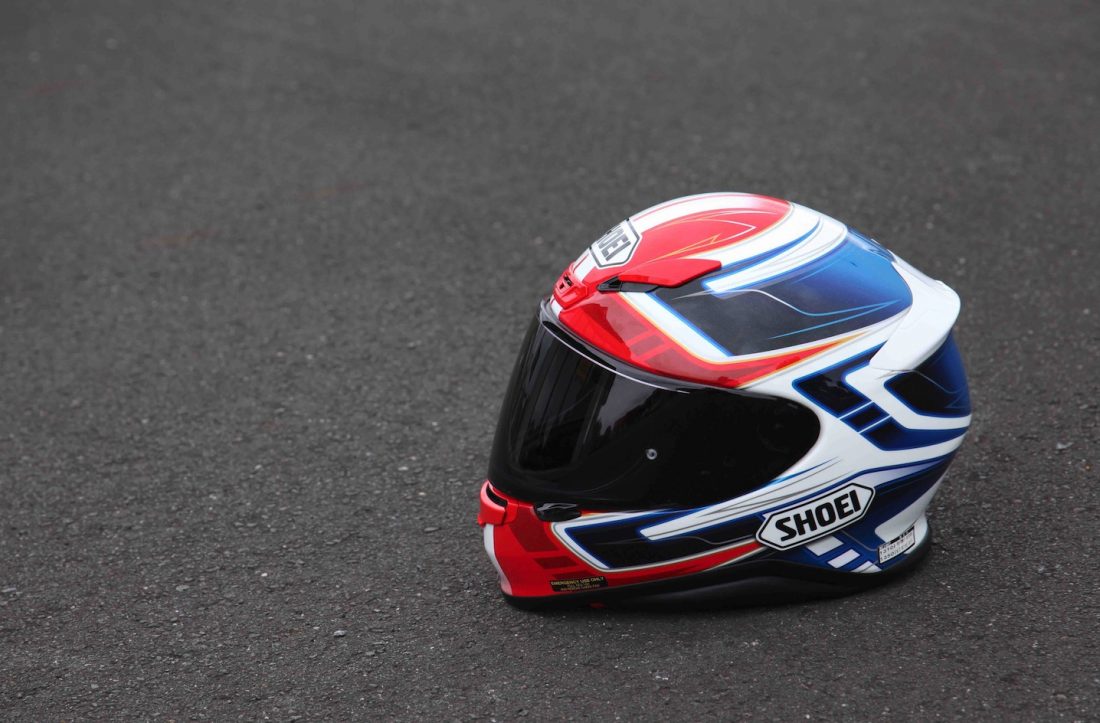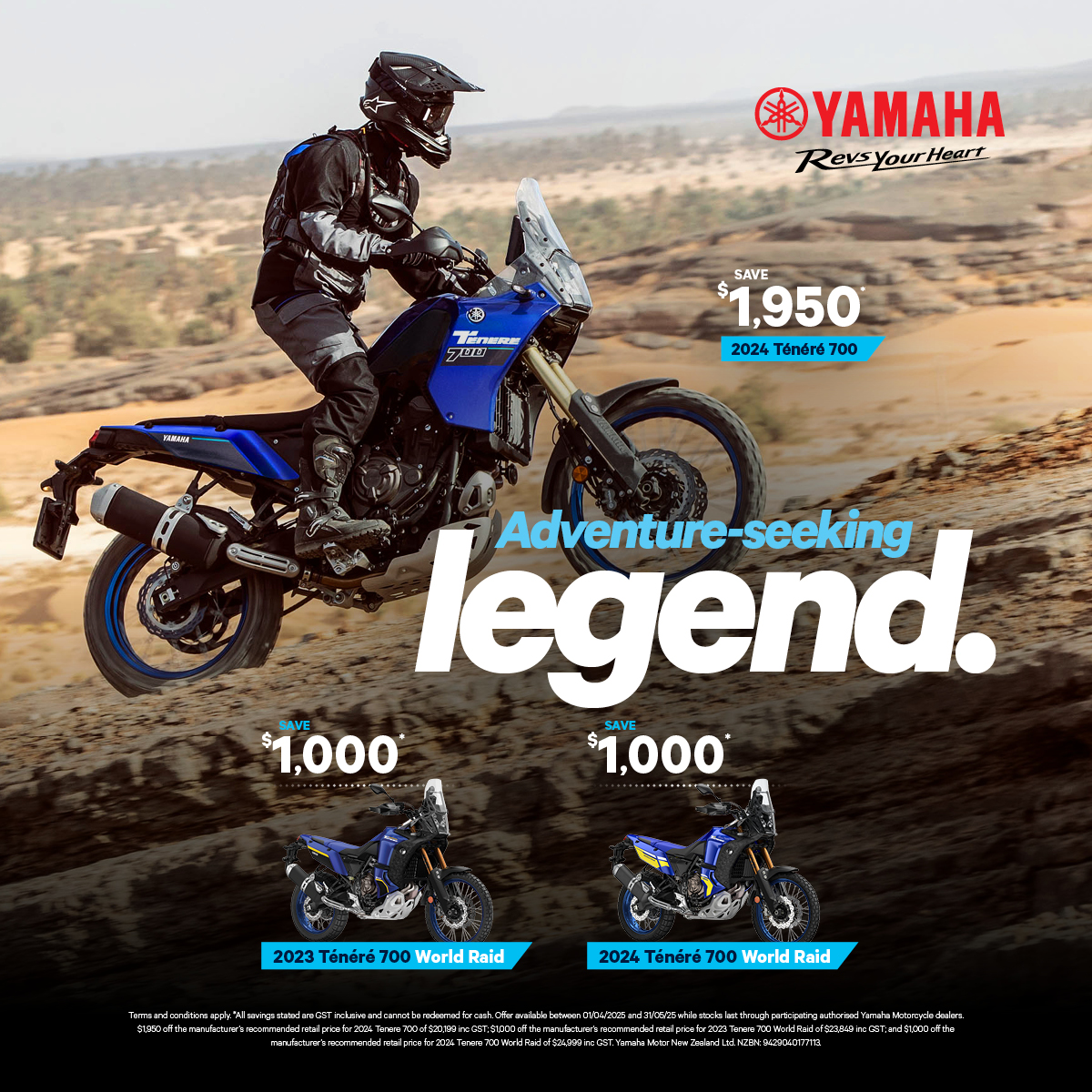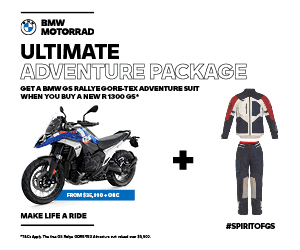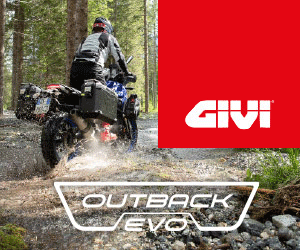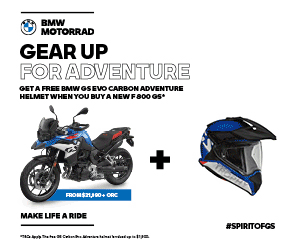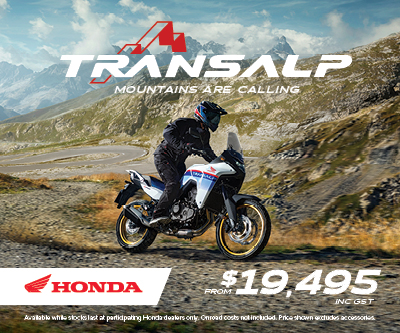Like many well-meaning standards, they are often diluted by someone else’s standard, so which standard is the right one for your helmet? Rather than give the standard answer, let’s just see what they all mean…
Words: BRM
There are multiple standards around the world, and many of those are found here in New Zealand, but these are the ones you are most likely to see: DOT, ECE 22.05, Snell and the NZS 5430.
Although the British and Japanese standards are also accepted here.
To make matters more confusing, many helmets will have more than one standard recognised on the rear section of the helmet shell, but it’s the internal labeling you need to be aware of. While it would be politically insensitive to state that any one standard was perfect, or even superior to the rest, each does differ in both testing procedures and how to qualify to have the label. If you think our system is complex, spare a thought – or a giggle – for our Australian neighbours. Their rules differ from state to state and vary from the expected to the ridiculous. It’s no mean feat finding out what the rules actually are in some states, as they are locked into a ‘pay to see’ license that costs nearly AUD700.00 to get hold of. And, even then, sharing isn’t allowed.
Testing Times Indeed
There are differing abrasion tests, as well as differing amounts of G-force that is seen as acceptable among the ‘standards’, but the short story is as follows…
DOT, as in Department of Transport (USA) is how it is known but the actual standard is FMVSS 218. That breaks down to the Federal Motor Vehicle Safety Standard #218, which applies to motorcycle helmets sold for road use in the USA.
One point of difference with this standard is the fact that helmets are not tested prior to being allowed to apply the sticker. Manufacturers are obliged to test the helmets themselves, effectively self-certifying the helmet. Random helmets are then tested from the marketplace against that standard. If the helmets do not comply, there are restrictions placed upon that manufacturer and fines ranging up to US$5000 for every helmet tested and failed – basically, all of them will get withdrawn from the market immediately, to avoid a massive bill – and that part is not self-regulating.
It’s part of the contract.
DOT Helmet Standard
FMVSS 218 sets minimum standards in three areas of helmet performance: impact attenuation, penetration resistance the retention system’s effectiveness.
The DOT standard also requires a minimum peripheral vision scope of not less than 105° from the helmet midline.
The impact test measures acceleration of a headform inside the helmet when it is dropped from a fixed height onto a spherical and flat surfaced anvil. The standard allows peak acceleration energy of 400G (G being gravity constant).
The penetration test involves dropping a pointed metal weight onto the helmet from a fixed height. The point must not penetrate far enough to contact the form.
The retention system test involves placing the helmet’s retention straps under tension load and measuring stretch and any movement through the fastener. For this test, the load is progressive, starting with 22.7kg applied for 30 seconds, increasing to 136kg for 120 seconds.
To have a DOT certification, you must submit the helmets for testing prior to affixing stickers to that model.
ECE 22.05 Helmet Standard
ECE (Economic Commission for Europe) was created under a United Nations agreement in 1958. The 22.05 refers to the specific regulation for the product category and the associated standards. Used by over 50 countries, it is the most widespread standard and is used by MotoGP, WSBK and, ironically, AMA and even runs concurrently with the Australian rules in Motorcycling Australia for competition use, so the likes of the MotoGP and WSBK riders can use their ECE 22.05 helmets. Bizarre as it sounds, the helmets worn at the Phillip Island Australian MotoGP are not legal on the roads in several states, including the one the MotoGP is held in.
Moving right along…
The ECE standard is similar to DOT in some areas, for example: like the DOT standard, peripheral vision through an arc of 105° from the helmet midline is required. Also, environmental conditioning of helmets to be tested is required similar to the DOT standard and certain labeling requirements apply, as well.
Impact absorption testing is performed in a manner very similar to the DOT standard, involving a drop test from a fixed height on a steel anvil with a form fitted inside to measure the energy transmitted. Peak acceleration energy at the headform allowed to pass the test is 275 G. Impact absorption and rotational forces are also tested at points where any surfaces or parts project from the shell of the helmet.
The retention system is tested with a free-fall drop test of a 10kg weight from a height of 75cm attached to the fastened chinstrap. Allowable movement is 35mm maximum.
The ECE standard categorises a helmet as ‘J’ if the helmet doesn’t have a chin-piece, ‘P’ if it has a chin-piece for safety reasons (i.e. tested), or ‘NP’ if, as with many car helmets, a non-tested or not protective chin-piece – look for ECE 22.05J, ECE 22.05P or ECE 22.05NP on the label.
Snell (Snell Memorial Foundation M2010) Helmet Standard
The Snell Memorial Foundation is a private, non-profit organisation formed back in 1957 to try and initiate robust safety standards for helmets.
Unlike any of the other standards, the Snell standard is available to assist manufacturers with helmet R&D by offering prototype testing, putting the standards in place as part of the design and, ideally, making helmets that comply from the word go.
Manufacturers seeking certification submit sample helmets to Snell for rigorous testing. Successful testing means the manufacturer can label the helmet as Snell certified.
Random testing is also done during the marketing life of the helmet.
An important note with Snell is the introduction of new standards in 2010 and a fresh set just introduced this year. The Snell recommendations have gone from a more impact ‘resistant’ harder shell, to a more impact ‘absorbent’ flexible shell, so is now more in line with ECE and DOT, although differences do still occur. It does mean that older Snell certified helmets usually did not pass ECE tests, so keep that in mind when you haul out your favourite lid from back in the day. Also remember that the EPL (expanded polystyrene liner) hardens with age, reducing its ability to absorb impact, hence the recommendations to replace helmets every five years or so, depending partly on amount of use.
Clear as Mud
There is endless debate about which, if any, test is the best to use and in reply, many manufacturers have multiple test approval labels on their helmets, proving that one helmet can actually be considered well designed and built by any standard – a real plus of the new standards and a reassurance that the helmet really does suit the intended purpose.
Care does have to be taken, however, when it comes to ‘fit for purpose’ as a helmet can pass tests designed for car racing applications that have little to do with what us motorcyclists need when it turns to custard. A car helmet to a motorcyclist is about as suitable as a skateboard is for snowboarding. Maybe not as obvious, but when you need it most, the difference is actually greater – I’d try a skateboard in the snow instead, thanks. Car drivers don’t require the same extent of abrasion protection, being inside a cage. They also don’t often land on their faces, but motorcyclists do – with an average around 62 per cent receiving facial impacts when they crash.
That’s right, most of the time it’s your forehead, visor and, importantly, chin-piece that bears the brunt of the impact.
Unfortunately, the chin areas of many car helmets are only designed to help seal the visor, not sustain a massive impact, so you see the problem with heading down that avenue.
It doesn’t mean it’s a bad helmet. It just means it’s not a motorcycle helmet.
How do you tell the difference?
At a glance, you can’t.
The label will shed some light but only if you know exactly what you’re looking for.
The easy option?
Buy it from someone who you trust and won’t sell you up the creek. Even the graphics in the car world are often the same, making it easy to get tripped up. The biggest problem is you may never realise until it’s too late, so there is a ‘standard’ of care you need to have as well.
The NZ standard is pretty much a rubber stamp that it passes the recognised international tests, so is legal here. It is hardly revolutionary, but it saves a lot of unnecessary replication and allows us to choose from a broad selection of models – and the helmet doesn’t need reinventing just for us.
When purchasing a helmet, check for the label inside or attached to the chinstrap. This is the actual certification, not the sticker that some have on the back for advertising purposes. If you are buying a helmet you haven’t actually had on your head, as in online, please make sure the numbers on the label stack up…

